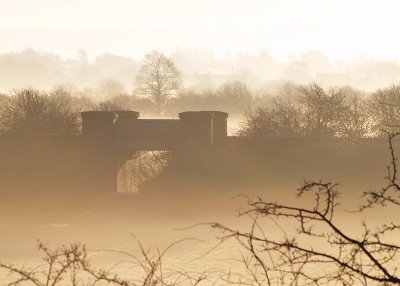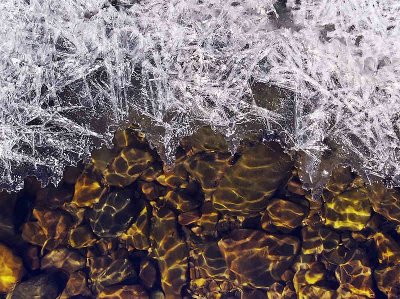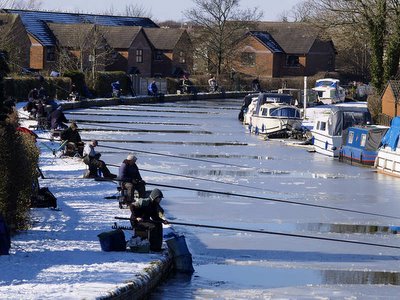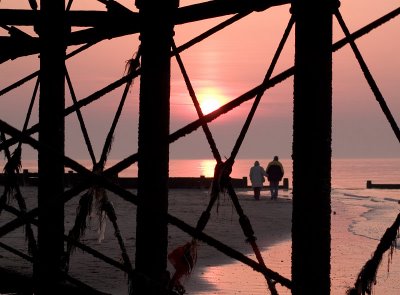Bird flu, global warming, terrorism, war, water shortage, oil depletion - sometimes it seems that if one doesn't get you then the others will! And it's at times like this - times of fear, strife, pestilence, famine, and destruction, that many remember the verse quoted above, and the verses that precede it in the Bible. Collectively they describe The Four Horsemen of the Apocalypse. The fourth horseman, shown here, rides a pale (or sickly) horse, and symbolises fear sickness, decay and death. The other three horses are white (with the rider carrying a bow, and perhaps representing the AntiChrist), red (the rider with a sword symbolising war), and black (scales are carried by this rider to represent famine and scarcity of food). The four riders are a potent image that has gripped the western imagination since they first became known, because they perfectly represents those dark forces that mankind knows can overwhelm us at any time.
In the stained glass window, of which this photograph is a detail, all four horsemen are represented, surrounding St John who sees them in a vision. The design is by Harry Stammers (d.1969), a York stained glass artist, and the work is in the church of All Saints, at Hovingham, North Yorkshire. It dates from 1962, and fills a large, three-light window in the north aisle. It isn't, in my opinion, one of Stammers' best pieces - and let me say he did some great work throughout the North of England. However, here, the overall composition is disjointed and the colour lacks the sublety that usually characterises this designer. But, the drawing is typically excellent. I have photographed this particular horseman on two occasions, because I think it is the best part of the window. I like the stylisation, the angularity, the shading, and the radiating background colours. However, what really draws me to this mounted figure is the fact that the face is hidden! This simple touch makes the horseman more menacing, more impersonal, more unfeeling. More frightening!
The photograph was taken with the camera mounted on a tripod, and a -1 EV setting. The wide tonal range required quite a bit of post processing to get the colour balance closer to the original.
photograph & text (c) T. Boughen






























